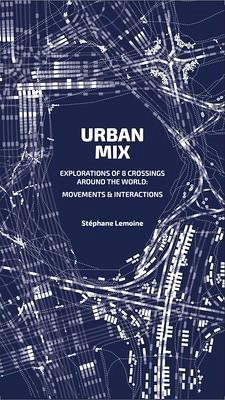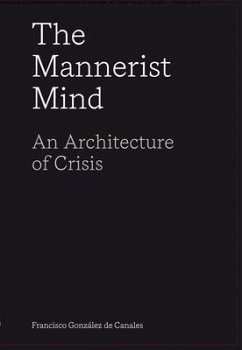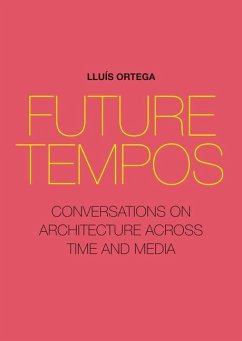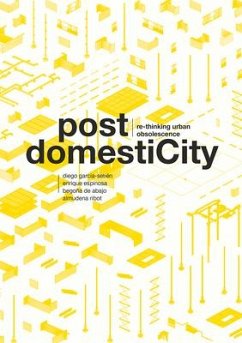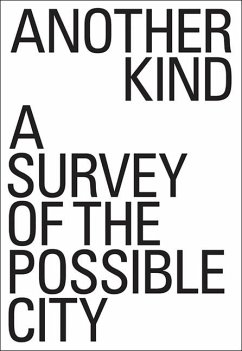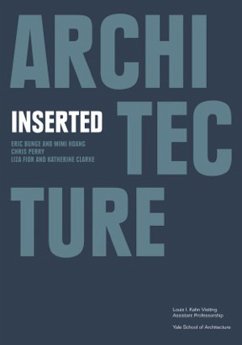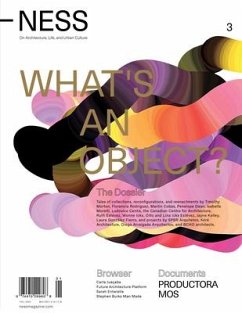
Ghost City
Alternatives for a Metaphysics of Architecture
Herausgeber: Jacobson, Clare
Versandkostenfrei!
Erscheint vorauss. 1. März 2026
26,99 €
inkl. MwSt.
This book examines the relationship between architecture theory and the philosophy of mind. Today, the art of building has become increasingly dominated by concepts borrowed from science, but how do we interpret this influence when the causal reduction of thought and feeling to space-time physics has repeatedly failed? This collection of essays--part short fiction, part philosophical investigation, part architecture treatise--explores the "hard problem of consciousness" and what happens in theory when two distinct yet closely related ontologies are called into question. By deconstructing the c...
This book examines the relationship between architecture theory and the philosophy of mind. Today, the art of building has become increasingly dominated by concepts borrowed from science, but how do we interpret this influence when the causal reduction of thought and feeling to space-time physics has repeatedly failed? This collection of essays--part short fiction, part philosophical investigation, part architecture treatise--explores the "hard problem of consciousness" and what happens in theory when two distinct yet closely related ontologies are called into question. By deconstructing the conceptual supports for material monism and substance dualism, Ghost City raises questions largely ignored by contemporary designers--especially those focused on the evolution of artificial intelligence. Through a series of technologically motivated critiques, the author argues vehemently that direct insight into the nature of mind can help create a more timeless and ecologically sound framework for design in an age of accelerating change.




